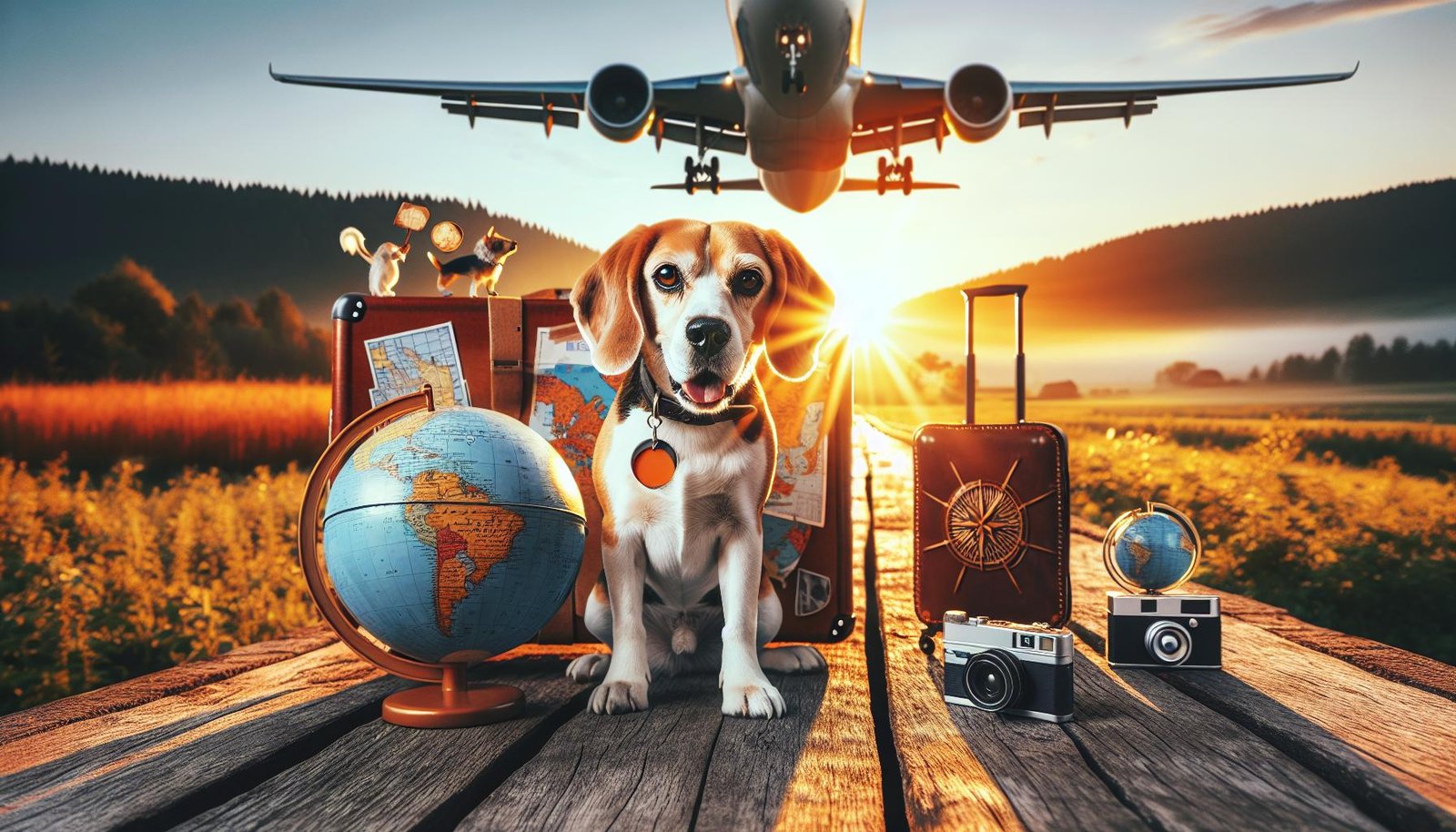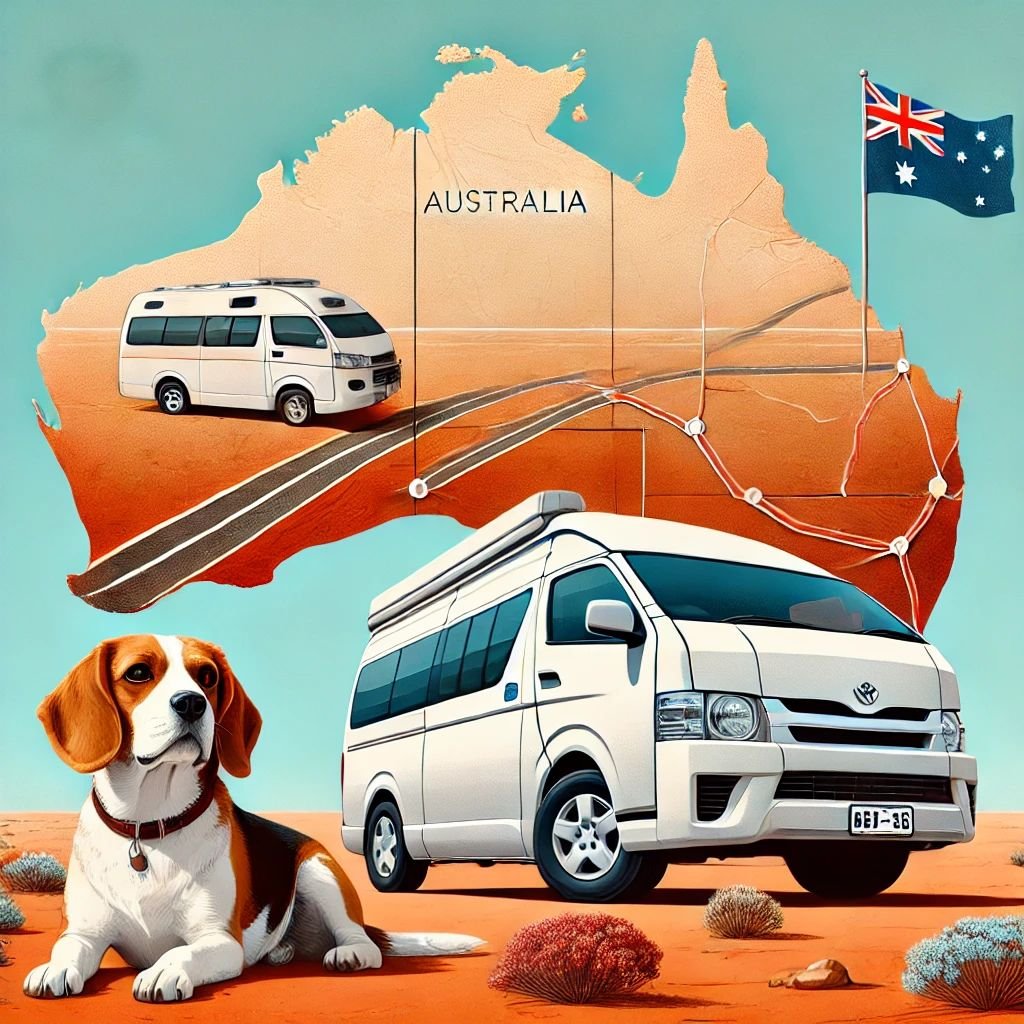Traveling internationally with a dog can be quite the adventure. Our beloved beagle, Sniffy, has accompanied us on numerous flights as we’ve moved from Australia to the UK, hopped around Europe, journeyed from Europe to the USA, and finally returned to Australia. Throughout these travels, we’ve gathered valuable insights into how dogs travel on planes internationally, ensuring the process is smooth and safe for both you and your pet.
Understanding Airline Policies and Pet Travel Regulations
Each airline comes with its own set of regulations when it comes to transporting pets like Sniffy. It’s crucial to research and understand these policies well in advance. Regulations can range from pet sizes, airline-approved crates, and documents required for your dog to travel comfortably. For instance, most airlines require an IATA-compliant pet carrier for the safety and comfort of your pet.
Before we started our journey from Australia to the UK, we ensured that Sniffy’s crate met all the airlines’ requirements, which included specific dimensions and features like ventilation and leak-proof materials.
Navigating Quarantine and Health Requirements
International pet transport often involves dealing with quarantine regulations and health checks. For example, dogs traveling from Australia to countries like the UK and back need to comply with several health protocols.
- Microchip identification.
- Updated vaccinations, including rabies at least 21 days prior to travel.
- Health certificate issued by a vet, verifying that Sniffy is fit to fly.
- Parasite treatments before flying.
When we moved from the USA back to Australia, Sniffy had to undergo a 10-day quarantine at a government facility in Australia as part of standard pet entry requirements, which we managed by arranging his stay and visits ahead of time.
The Journey: Planning and Comfort
Flying can be stressful for dogs, so planning is key to a smooth journey. During our travels from the UK to the USA, we made sure that Sniffy was comfortable by:
- Booking direct flights whenever possible to avoid layovers and minimize travel stress.
- Choosing flights with less crowded cabins for when Sniffy was allowed in the hold.
- Providing him with familiar toys and a blanket with our scent.
- Feeding him a light meal several hours before the flight to avoid any in-flight stomach issues.
A direct flight from London to New York, for instance, ensured Sniffy had a shorter time in transit. You can check out the typical flight route on Google Maps.
Arrival and Adjustment to New Environments
Upon arrival at any new destination, it’s essential to help your dog adjust quickly to their new environment. Sniffy, for example, needed time to adjust to the European climates when we moved from the USA. This is how we managed:
- Immediately introducing Sniffy to secure, enclosed outdoor areas for exercise.
- Maintaining his usual feeding and walking schedule to provide a sense of routine.
- Ensuring our living space was dog-friendly, removing any hazards.
- Gradually familiarizing him with neighborhoods through frequent, short walks.
This careful acclimatization process made moving from bustling cities like Paris to the quieter suburbs of San Francisco much easier for Sniffy.
International travel with your dog requires thorough preparation and a lot of patience. By understanding airline policies, complying with health and quarantine requirements, ensuring comfort during flights, and helping them adjust post-arrival, you can enjoy a stress-free journey with your canine companion. For a more comprehensive guide on flying with pets, you may find this article from ASPCA helpful.




